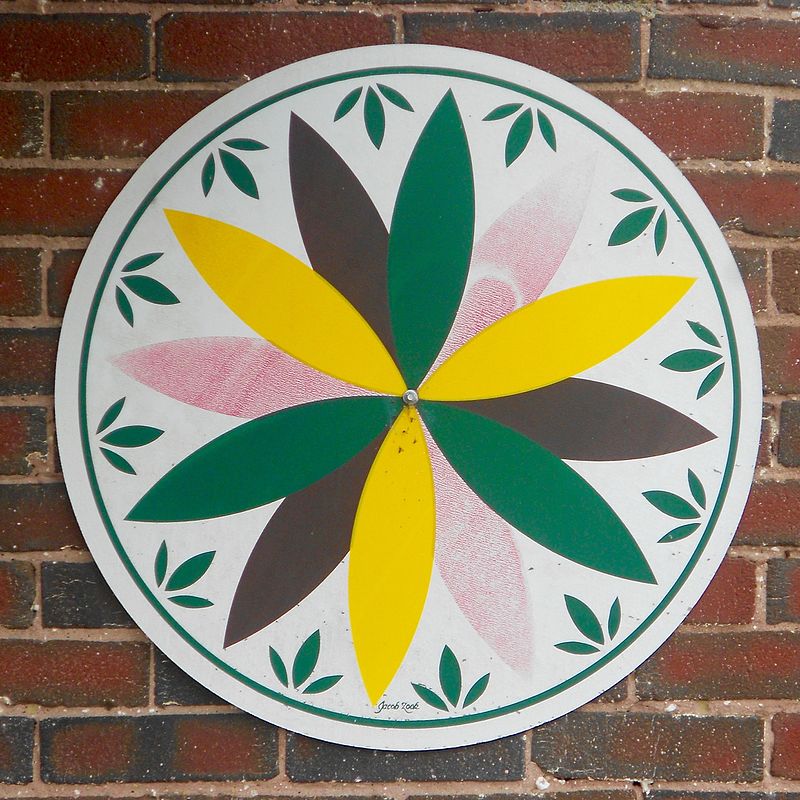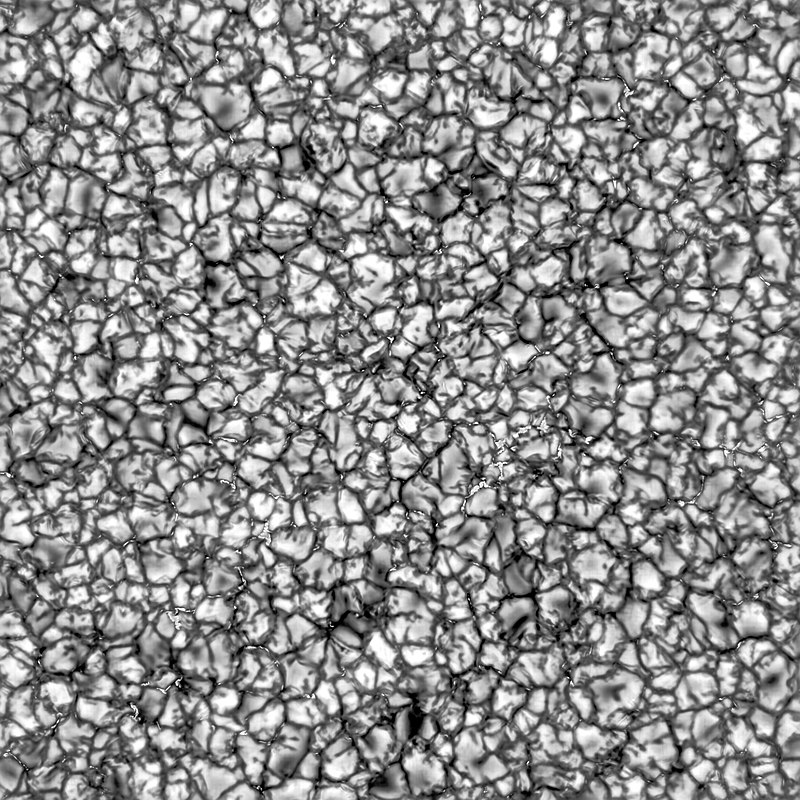Post
by Sa Ji Tario » Sun Jul 05, 2020 7:53 pm
If anyone did not know
Saturn's strange hexagon recreated in the lab.
Saturn has one of the most geometric features in the Solar System: a giant hexagon that surrounds its north pole. Although not as famous as Jupiter's Great Red Spot, Saturn's hexagon is just as mysterious. Now, researchers have recreated this formation in the laboratory using little more than water and a turntable, an important step forward, experts say, to finally unravel this cosmic mystery.
Its striped appearance comes from the flows that fly from the west through its atmosphere to different latitudes. Most planes form circular bands, but the Voyager spacecraft captured images of a large hexagonal shape (it was passing over the planet's north pole in 1988). The surprised scientists attributed a huge storm-like vortex to its shape along one side of the hexagon, which Voyager also changed on its way. Astronomers thought that this whirlpool was altering the course of the flow, in the same way that a large rock would change the course of the nearby river. But when the Cassini mission returned to Saturn and photographed the north pole in 2006, the service was gone, but the hexagon was still there.
Physicists Ana Claudia Barbosa Aguiar and Peter Read from the University of Oxford in the UK wanted to see if they had trouble recreating the hexagon in the laboratory. Place a 30 liter water cylinder on a slow spinning table; The water represented Saturn's atmosphere rotating with the rotation of the planet. Inside this tank, place a small ring that rotates faster than the cylinder. This created a miniature artificial "flow" that the researchers followed with a green tincture.
The faster the ring turned, the less circular the green flow became. The small eddies formed along its edges, which slowly grew larger and more powerful, forced the fluid within the ring to take the shape of a polygon. By altering the speed of the ring's spin, the scientists generated various shapes. "We were able to create ovals, triangles, squares, almost any shape you want," says Leer. The greater the difference between the planet's rotation and the flow, between the cylinder and the ring, the fewer sides the polygon has, according to the team's information in this month's issue of Icarus. Barbosa Aguiar and Leer feel that the flow of Saturn's north pole rotates at a relative speed with respect to the rest of the atmosphere that favors a six-sided figure, a hexagon.
Such polygonal formations have been seen at the center of the main hurricanes on Earth, given Barbosa Aguiar, although they quickly dissipate. "Most planetary scientists are not analyzed for the ubiquity of this type of pattern in fluid dynamics."
Planetary scientist Kevin Baines of NASA's Jet Propulsion Laboratory in Pasadena, California is impressed. "These results are very interesting," he says. "The team has put together what I think is a crucial article that could withstand the test of time." Although the lab experiment doesn't explain what force directs this particular flux, it says the results give a real idea of what might actually be happening in Saturn's atmosphere.
________________________________________
Author: Adam Mann
 Saturn's Northern Hexagon
Saturn's Northern Hexagon
